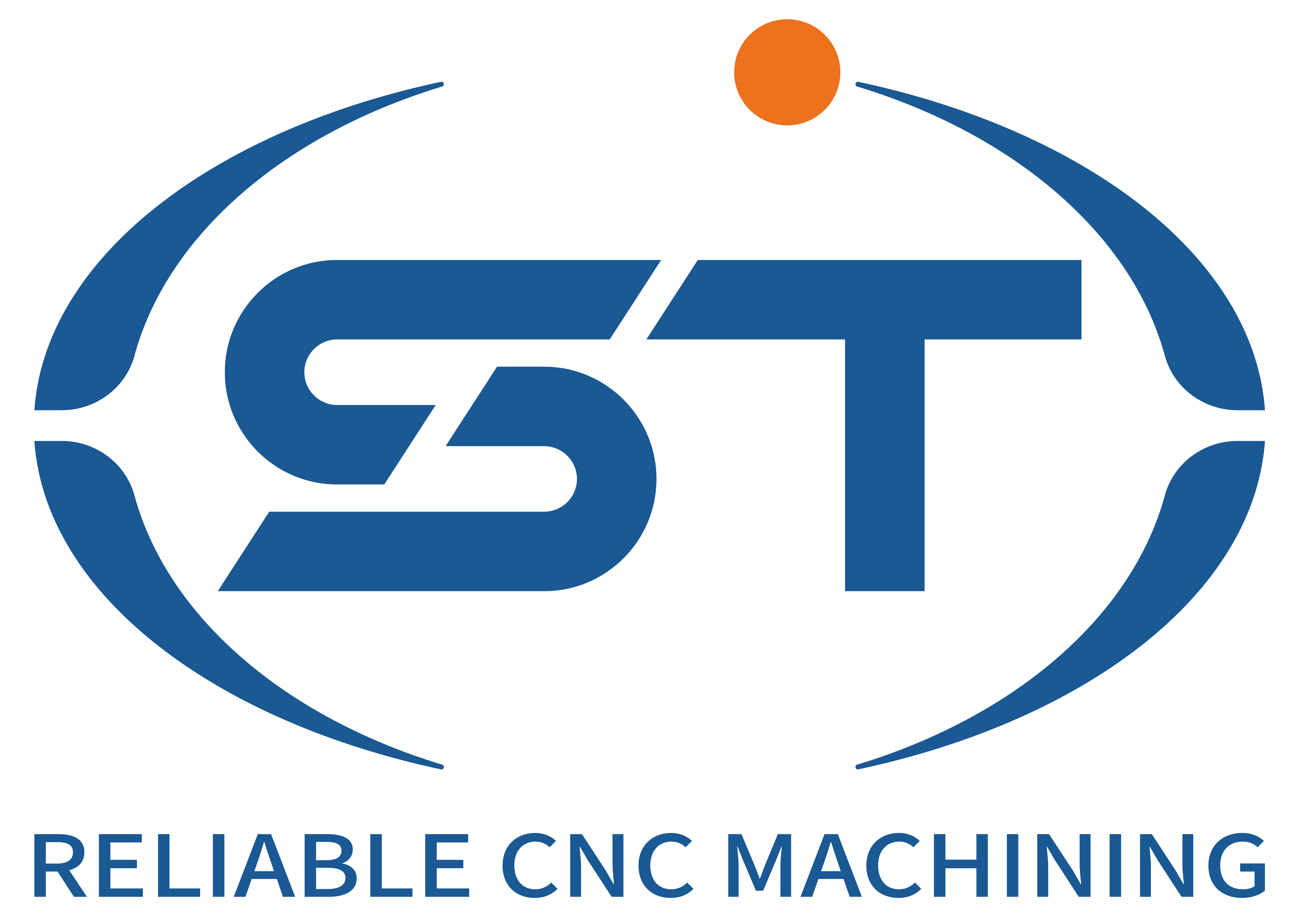Robotic Applications in CNC Machining for Automotive Components
The integration of robotics into CNC machining for automotive components has transformed manufacturing processes, enhancing efficiency, precision, and scalability. Robots automate repetitive tasks, improve worker safety, and enable continuous production, aligning with the automotive industry’s demand for high-volume, high-quality output. Below are key applications of robotics in automotive CNC machining workflows.
Table of Contents
ToggleAutomated Loading and Unloading of CNC Machines
One of the most common robotic applications in automotive CNC machining is automated material handling. Robots equipped with end-of-arm tooling (EOAT), such as grippers, vacuum cups, or magnetic chucks, load raw workpieces into CNC machines and unload finished parts with precision. This eliminates manual intervention, reducing cycle times and minimizing the risk of human error.
For complex parts requiring multi-axis machining, robots can reorient workpieces dynamically. For example, a robot might flip a cylinder head to machine opposite faces in a single setup, improving accuracy and reducing setup-related inconsistencies. Automated loading systems also integrate with conveyors or palletizers to ensure a steady supply of raw materials, optimizing machine utilization.
Additionally, robots handle hazardous or physically demanding tasks, such as loading heavy castings or working in environments with coolant mist. This improves workplace safety and allows human operators to focus on higher-value activities like programming or quality control.
In-Process Inspection and Quality Assurance
Robots play a critical role in in-process quality control within CNC machining lines. Equipped with vision systems, laser scanners, or tactile sensors, robots inspect parts during or after machining to verify dimensional accuracy, surface finish, or defect detection. For instance, a robotic arm might use a 3D scanner to compare a machined component’s geometry against a CAD model, flagging deviations for immediate corrective action.
In-process inspection reduces scrap rates by identifying issues early. If a robot detects a tool breakage or dimensional drift, it can pause the machine, trigger a tool change, or adjust cutting parameters automatically. This real-time feedback loop ensures parts meet tight automotive tolerances without requiring post-machining rework.
For high-volume production, robots may also sort finished parts into “good” and “defective” bins based on inspection results. This streamlines downstream processes and prevents faulty components from reaching assembly lines.
Flexible Tooling and Multi-Tasking Robots
Automotive manufacturing often requires flexibility to adapt to changing part designs or production volumes. Multi-tasking robots equipped with quick-change tooling systems enable rapid reconfiguration of CNC machining cells. For example, a robot might switch between a deburring tool, a polishing wheel, or a marking pen to perform secondary operations without manual intervention.
Flexible tooling also extends to workholding. Robots can load and unload custom fixtures or pallets, allowing a single CNC machine to process multiple part variants. This adaptability is crucial for industries like automotive, where model updates or regional variants necessitate frequent tooling changes.
Some robots even collaborate directly with CNC machines, performing tasks like part cleaning, chamfering, or hole deburring while the machine operates on another workpiece. This parallel processing maximizes throughput and reduces idle time.
Collaborative Robots (Cobots) for Enhanced Workflows
Collaborative robots, or cobots, are increasingly used in automotive CNC machining to work alongside human operators. Unlike traditional industrial robots, cobots are designed for safety in shared workspaces, using force-limiting technology and sensors to avoid collisions.
In CNC environments, cobots may assist with tasks like loading delicate parts, applying lubricants, or performing fine finishing operations. For example, a cobot might hand a precision-machined gear to a human inspector for visual verification, combining the robot’s repeatability with the operator’s judgment.
Cobots also excel at low-volume, high-mix production scenarios. Their ease of programming and redeployment allows manufacturers to switch between part types quickly, making them ideal for prototyping or custom orders. By automating mundane tasks, cobots free human workers to focus on complex problem-solving or process optimization.
By integrating robotics into automotive CNC machining, manufacturers achieve higher productivity, improved quality, and greater adaptability. From automated loading to in-process inspection and flexible tooling, robots are reshaping how automotive components are produced, ensuring efficiency and precision in an ever-evolving industry.




